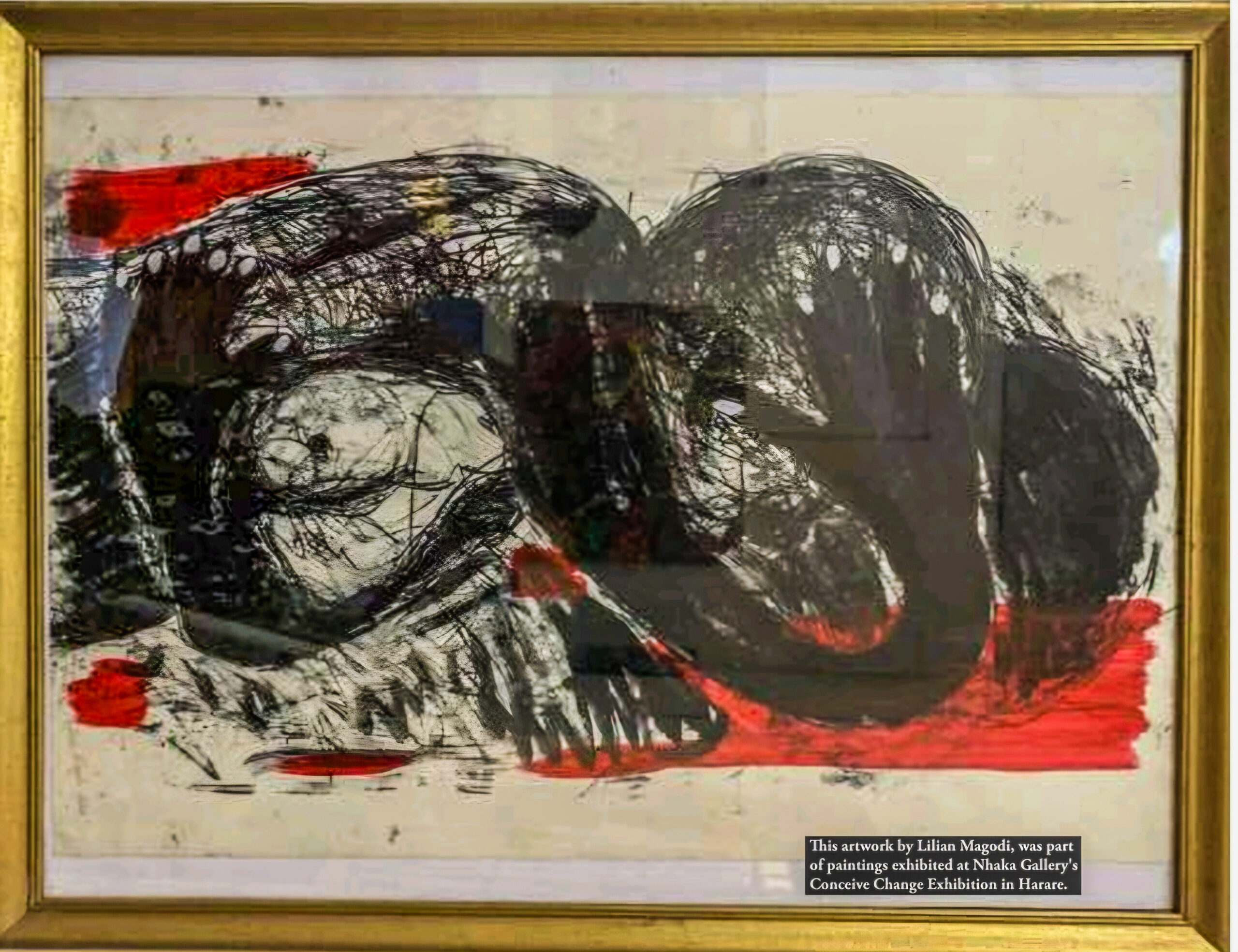PATIENCE MATONO
NHAKA Gallery, a creative space, is using painting to promote sexual reproductive health rights (SRHR) and reproductive transformation, which are important in educating people about the dynamics of reproduction.
The organisation, which is under the Women’s Gallery Arts and Research Trust, has been working with women in art to address reproductive rights and the historical and ongoing struggle for access to contraception and abortion.
On 27 June, the group held an exhibition titled Conceiving Change, which examines the intricate landscape surrounding women’s reproductive rights.
“Reproduction is deeply embedded in social and cultural contexts which are continually shifting. This section features art that reflects the changing family structures including the rise of single parenthood, same-sex parenting and blended families,” said the organisation in a statement.
“Pieces inspired by the reproductive rights movement chart the historical and ongoing struggle for access to contraception and abortion. Artworks examining population dynamics provide a global perspective on how reproductive trends influence demographics and societal growth.
“The rapid advancements in productive technologies are a central theme in this exhibition. Art insured by Assisted Reproductive Technologies (ART) such as IVF, surrogacy, and genetic screening examine their transformative impact on the possibilities and realities of parenthood.”
Some of the works exhibited illustrate how technological progress has revolutionised reproductive planning and redefined family structures.
“The rapid advancements in productive technologies are a central theme in this exhibition. Art insured by Assisted Reproductive Technologies (ART) such as IVF, surrogacy, and genetic screening examine their transformative impact on the possibilities and realities of parenthood,” reads the statement.
“Works addressing gene editing provoke contemplation on the future of genetic manipulation and its ethics ramifications. Additionally, innovative contraception art pieces illustrate how technological progress has revolutionised reproductive planning and redefined family structures.”
The guest speaker at the exhibition, Professor Nehemiah Chivandikwa, from the University of Zimbabwe, said that the exhibition is a great opportunity to educate and create awareness on the sexual reproductive realities of women.
“The challenges facing young women deserve attention in all public spaces. But this is not just about creating awareness on challenges, but also an opportunity to celebrate the joys, pleasures and essence of women sexual reproductive health in all its complexities are used to the exploitation of young women’s sexuality in artistic exhibitions can be great occasions to celebrate women’s sexuality,” Chivandikwa said.
“The exhibition is crucial for both exhibitors and young women because it is a safe space. Art reflects, amplifies and affords us the opportunity to examine our lived realities. So for young women this was an opportunity to express themselves on their lived sexual reproductive realities.”
“You will notice that in society, young women have limited spaces to explore such sensitive issues, which are very crucial in articulating and asserting/claiming their citizenship. Women’s Sexual reproductive health affects many facets of young women’s realities such as self-confidence and self-assertion.”
“So art can boost the confidence of the young women; if a young woman is confident about her sexual reproductive health, then she can be confident in everything. Confident young woman is a great asset/citizen to the nation and to humanity.”

